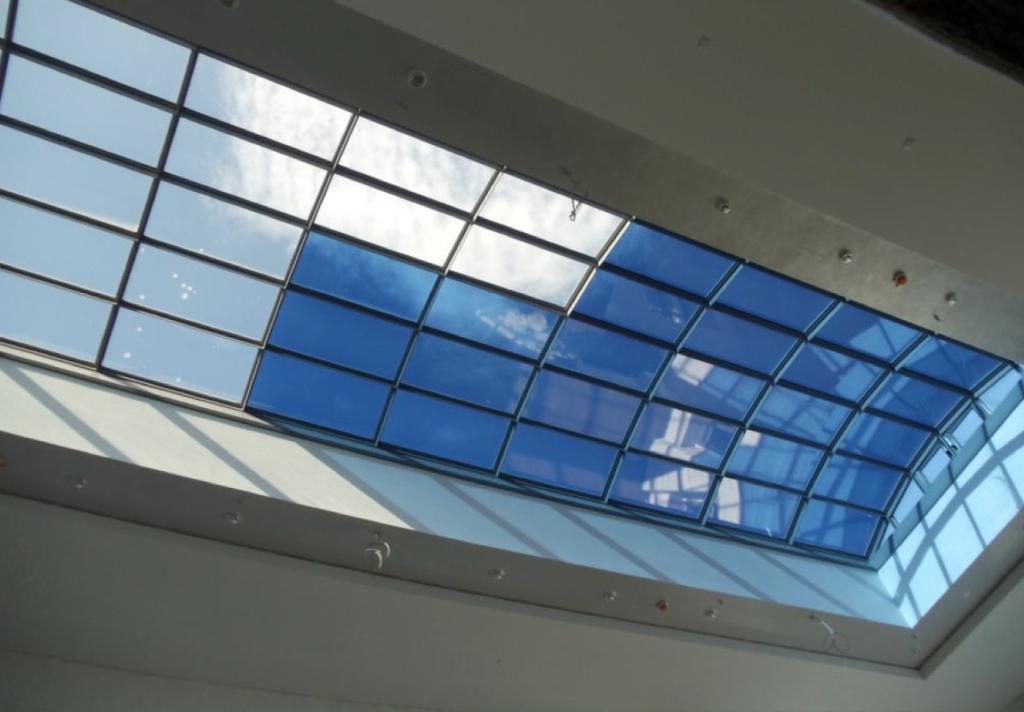If 20 years ago glazing had the function of bringing light in the room only, is nowadays the essence of glass much bigger, and the trends shows that glass can be in the future one of the most important materials in the construction sector and its interier.
Most main functions of the glass were already discussed in this blog: thermal transmittance (Ug), solar gain factor (g), light transmittance (LT), sound insulation of glass (Rw). Unfortunately, we can not combine the optimum of each characteristics in one glass, because they usually exclude each other. For example, we can not have glass with high solar gain factor (g) in combination with optimal thermal transmittance (Ug). And also the need for the high sound insulation (Rw), which demands usually thicker laminated glass, lowers light transmittance (LT). When defining the glass structure we need to decide which characteristics is more and which less important for our project. Therefore, we would love to have glazings that would be able to combine the optimum of them all, at the same time.
Electrochromic glass or glass that changes its transparency is a partial answer on the above problem. With it we can regulate solar heat gain (g) and light transmission (LT), while maintaining the thermal transmittance (Ug) at the same level. We can make glass nontransparent when the sun is strong or fully transparent in the winter, when we want as much light and solar energy in the room. The development of such glass is far enough that first projects are already made with them. Most of them are in the USA, in Sweden and in Germany.

Figure 1: Castle Störmede – installation of electrochromic glass (source: EControl-Glas GmbH & Co KG)
There are also new glazings on the market where in addition to the selective transparency, they enable to use them as an interactive touch screen platforms. Usually such glazings are installed in the office as partition walls, which are most of the time transparent, but in times of the meeting they are nontransparent and are a platform for the projection of the meeting presentations.

Figure 2: Glass in different functions: transparent, nontransparent, interactive touch screen platform (sourcer: Likos, smart-i-wall)
Wider use of described glass is not to be expected in short time, especially not in the private buildings. The first reason is lack of availability on the market and the second high price. What we can say is that the trend for development and multifunctional usage of glass has bent set. And we can easily believe that in few years we will be watching our television on the window of our living room and not on the separate TV station. All we need to do is wait for just a little while longer.


